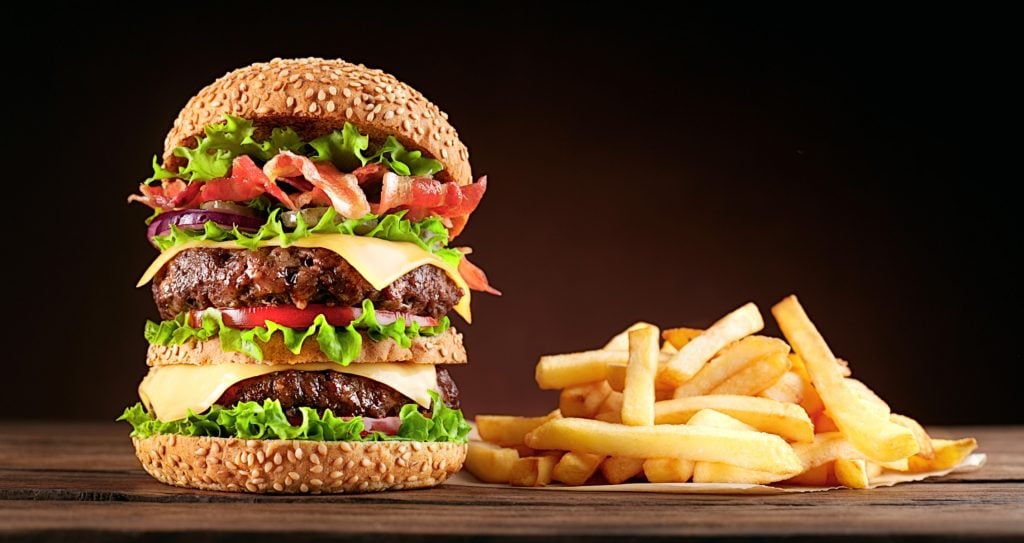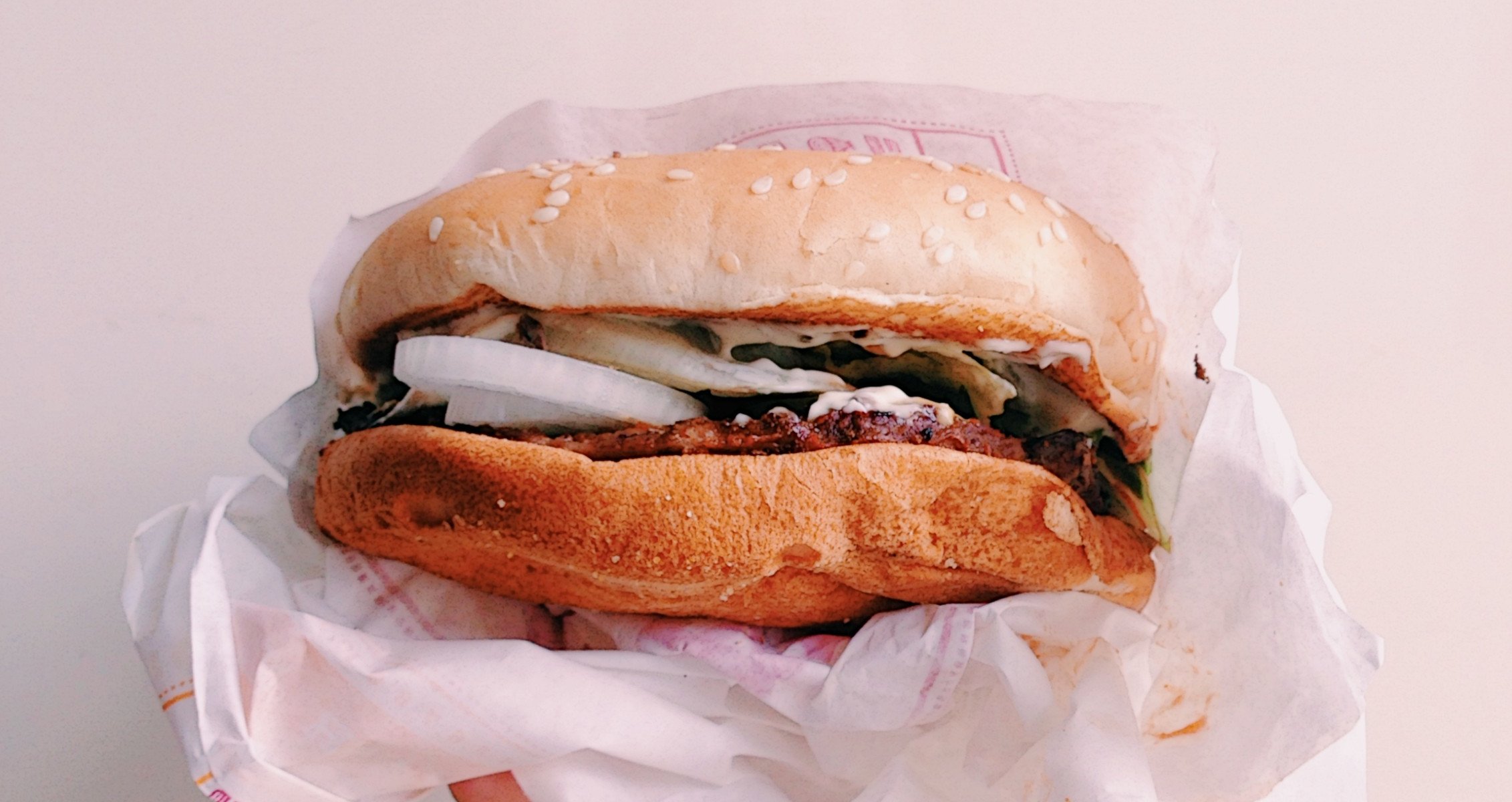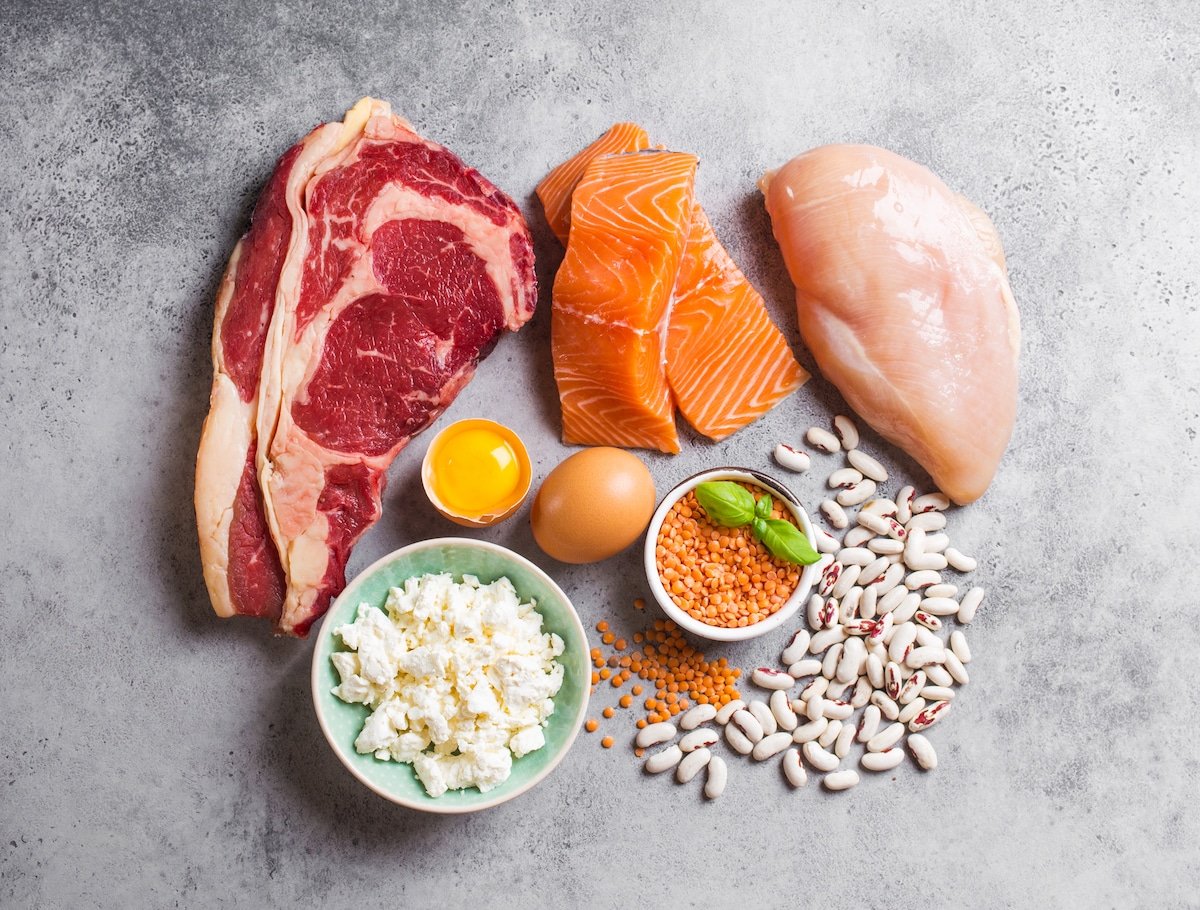Flexible dieting is the most sustainable diet to reach your fitness goals.
There’s a diet that gives you the wiggle room to eat the foods you want and hit your fitness goals simultaneously. Yes! With this superpower diet approach, you can have some pizza and a few beers, still put on muscle mass, and drop body fat. This diet is known as flexible dieting.
It coins its name from the idea that it’s a diet that’s supposed to be flexible. As you imagine, flexible dieting is an attractive nutrition strategy for weightlifters, fitness influencers, and bodybuilders. After all, who wouldn’t want to make progress without being deprived or trapped by rules?
But what exactly is flexible dieting? And how does it work exactly? Am I allowed to eat whatever I want and get shredded? We’ll answer all those questions below.
Flexible Dieting Basics
Flexible dieting is also known by the acronym IIFYM (if it fits your macros). As the name implies, rather than focusing on the foods you should or shouldn’t eat, it focuses on hitting nutrition targets — calories, protein, fats, and carbohydrates. With the idea that as long as you hit your macros, you can eat whatever you want.
Although eating wings and fries to hit your calorie and protein targets will yield results, most practitioners agree that you should only eat unhealthy foods in moderation. This is for numerous reasons. Firstly, for your body to function correctly, it needs adequate amounts of vitamins and minerals from healthy whole foods.
Secondly, you’ll notice that although you can still hit your fitness goal by eating junk food, as long as you hit your customized macros, you’ll find that it’s much harder to do while eating junk food. That’s because junk food isn’t as satiating off lower calories as healthy foods. For example, a potato will fill you up with a couple of hundred calories, while a couple of hundred calories worth of Doritos will still leave you ravenous. In addition, you need to hit a specific protein target to build an aesthetic physique, which is tough when eating cakes and ice cream all day.
Therefore, most people who implement flexible dieting successfully allow them to indulge in their favorite foods once in a while. But mostly, they get 80% of their calories from whole food.
Why It Works
To lose weight, you must consume fewer calories; to build muscle, you must eat enough protein. So whether your goal is to build muscle or lose fat, the most crucial factor to achieving these goals is the nutrition targets you hit.
Flexible dieting makes you focus on what matters most rather than nitpicking the foods you eat all day. It encourages mindful eating since you must track and calculate your macros. Of course, this enables you to eat the foods you want — so long as you’re hitting your nutrition targets — and it allows you to recognize patterns in your eating that you can improve.
This approach is more enjoyable than a standard meal plan that have you eating chicken, broccoli, and rice all day — like celebrities getting ready to film a superhero movie — but it’s sustainable.
Sustainably is vital to any diet or fitness program because lifestyle changes help you get results instead of a quick fix built off an unsustainable and frankly unenjoyable workout and diet regimen — no rigid rules or restrictions will prevent feelings of guilt and deprivation.
This study found that flexible dieting was as effective as a rigid diet in improving body composition (1).
How to Implement Flexible Dieting
The good news is that no food is off-limits with flexible dieting! It saves you room to fit calories from your favorite foods — pizza, wings, fries, cookies, chips, etc. If it has a calorie, you can have it!
But you’ll be doing some calculations that will give you some restrictions. The first step to implementing flexible dieting is determining how many calories you should eat, then figuring out how much protein, carbs, and fats you should eat. You’ll want to focus on the main two targets calories and protein. So long as you aren’t cutting out fats or carbs completely, the exact number of carbs and fats you eat won’t make much difference with your physique if you’re nailing your calorie and protein targets.
The nutrition targets you hit will vary depending on numerous factors. For one, your goal will determine your starting calories depending on if you want to lose weight or build. And your gender, body fat, weight, and activity level will also be critical in determining your nutrition targets. (There are calculators online you can use to resolve this.)
Once you determine your calories, you’ll want to assess your protein target. You want to consume 0.7g – 1 g of protein per pound of bodyweight — getting as close as possible to 1 g/lb of bodyweight — to maximize your results. Consuming enough protein will help you build muscle and stay full. After that, the rest of your calories can come from fats and carbs.
Your main goal now will be to hit these targets — calories and protein targets specifically – and you can eat whatever you want. However, it’s recommended that you get most of your foods from nutritious foods such as lean meats, complex carbohydrates (rice, potatoes), healthy fats (avocado, olive oil, nuts), and fruits and vegetables to hit the best macros for your body (2). This will make hitting your calorie and protein targets much easier, and your body will thank you. You’ll have the energy to hit the gym hard, and your mental focus and sleep will be on point.
Once your nutrition targets are locked in, and you mainly eat healthy foods, the world is your oyster regarding the other foods you choose!
More Nutrition Info
If you enjoyed this article on flexible dieting, check out some of our other articles on nutrition:
- How Many Calories Should You Eat to Build Muscle (Without Storing Fat!)
- How Carb Lovers Can Lose 20 Pounds in 2 Months or Less
- Anabolic Fasting: The Ultimate Diet to Build Muscle and Lose Fat Simultaneously
Now go out there, reach your dream body, and chow down on McDonald’s (occasionally) while you do it! Enjoy!
Follow us on Instagram, Facebook, and Twitter for more nutrition tips!
References
- Conlin, L. A., Aguilar, D. T., Rogers, G. E., & Campbell, B. I. (2021). Flexible vs. rigid dieting in resistance-trained individuals seeking to optimize their physiques: A randomized controlled trial. Journal of the International Society of Sports Nutrition, 18(1), 52. https://doi.org/10.1186/s12970-021-00452-2
- Manore M. M. (2005). Exercise and the Institute of Medicine recommendations for nutrition. Current sports medicine reports, 4(4), 193–198. https://doi.org/10.1097/01.csmr.0000306206.72186.00










